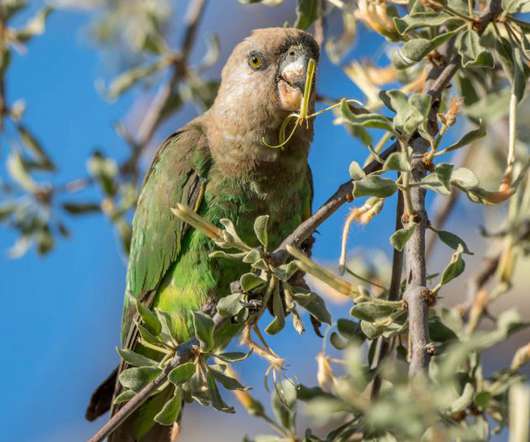On the Banning of Eating Cats and Dogs in China
Animal Person
JANUARY 27, 2010
It's just another excuse people have concocted because they like the taste of cow/pig/chicken/fish flesh. Why choose enslavement, rape, domination and slaughter? No one will propose a ban on eating chickens because there's no conflict there. But my initial reaction is that this is like Americans giving up "red meat."












Let's personalize your content